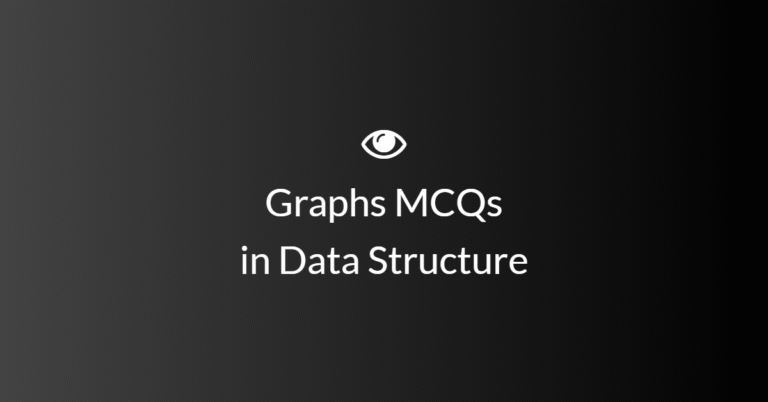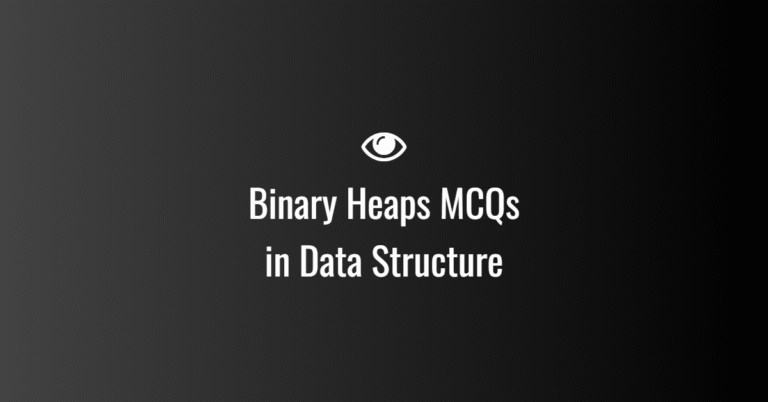
V-Model
The V-Model (Verification and Validation model) is an extension of the Waterfall Model. It emphasizes the verification and validation of each phase in the software development lifecycle. In the V-Model, for each development activity, there is a corresponding testing activity, forming a “V” shape when visualized. It highlights the importance of testing and validation at every stage of development.
Here’s a detailed breakdown of the V-Model:
Structure of the V-Model
- Requirement Analysis (Verification Phase)
- Purpose: Gather all system requirements and ensure they are clear and complete.
- Description:
- Similar to the Waterfall model, this phase involves gathering functional and non-functional requirements from stakeholders.
- Requirements are then analyzed and documented.
- The corresponding testing phase here is Acceptance Testing, which focuses on ensuring that the requirements are testable and can be validated.
- Deliverable: Requirement Specification Document.
- Corresponding Testing: Acceptance Testing (Validation)
- System Design (Verification Phase)
- Purpose: Design the overall system architecture based on the requirements.
- Description:
- The system architecture is planned, and high-level design specifications are created.
- The design addresses how different components of the system will interact.
- The corresponding testing phase is System Testing, which ensures that the system design can fulfill the requirements defined in the first phase.
- Deliverable: System Design Document (High-Level Design).
- Corresponding Testing: System Testing (Verification)
- High-Level Design (Verification Phase)
- Purpose: Define the structure of the system in more detail.
- Description:
- The high-level design is refined, with decisions about how the system components will be implemented.
- This phase details data flow diagrams, software architecture, modules, interfaces, and interactions.
- The corresponding testing phase is Integration Testing, ensuring that individual modules or components work together as a system.
- Deliverable: High-Level Design Document.
- Corresponding Testing: Integration Testing (Verification)
- Low-Level Design (Verification Phase)
- Purpose: Design the components in great detail.
- Description:
- The detailed design phase focuses on specifying how the internal components of each module will function, including algorithms, data structures, and logic.
- The testing activity corresponding to this phase is Unit Testing, where individual units or components are tested for correctness and functionality.
- Deliverable: Low-Level Design Document.
- Corresponding Testing: Unit Testing (Verification)
- Coding (Implementation)
- Purpose: Write the code for the software.
- Description:
- Developers begin coding based on the detailed design documents. This phase implements the system and its components.
- Once the coding phase is completed, the focus shifts toward validation through testing.
- Corresponding Testing: Unit Testing (Verification)
- Testing (Validation Phase)
- Purpose: Ensure that the system meets the user requirements and performs correctly.
- Description:
- After coding, the system undergoes rigorous testing to ensure that it functions as expected.
- Testing types here include System Testing, Integration Testing, Unit Testing, and Acceptance Testing, as relevant for the project.
- The goal is to validate the system against the requirements.
- Acceptance Testing is conducted by the client to ensure that the software meets the user’s needs.
Detailed Testing Phases in the V-Model:
- Unit Testing:
- This is the testing of individual components or modules of the system.
- It is conducted during the coding phase to ensure that each unit of the system works correctly by itself.
- Integration Testing:
- This phase tests the interaction between different system modules or components.
- It verifies that the modules integrate and communicate with each other as expected.
- System Testing:
- System testing tests the entire system to ensure that it works as intended when all components are combined.
- It ensures that the system meets the requirements and functions as expected in a real-world environment.
- Acceptance Testing:
- Acceptance testing is the final level of testing performed after system testing.
- It ensures that the system meets the end-user’s needs and requirements.
- This is often done by the client or customer to verify the functionality and usability of the system.

Advantages of the V-Model:
- Clear and Structured: Like the Waterfall model, the V-Model offers a structured and organized approach to development and testing.
- Early Detection of Errors: Each phase has a corresponding testing phase, which helps in identifying errors at an early stage.
- Test Planning: The V-Model emphasizes testing right from the beginning of the project, ensuring that test planning is integrated into the process.
- Defined Phases: The development and testing phases are clearly defined, which can help in managing complex projects.
Disadvantages of the V-Model:
- Rigidity: Like the Waterfall model, the V-Model is not flexible to changes once a phase is completed.
- Late Validation: While testing is emphasized, it still doesn’t provide the flexibility for early validation against user feedback during the development process.
- Not Ideal for Complex Projects: For large and complex projects where requirements evolve, the V-Model may be too rigid.
- High Dependency on Requirements: The V-Model assumes that all requirements are well understood and defined from the start, which can be problematic if requirements are unclear or ambiguous.
Ideal Use Cases for the V-Model:
- Projects where requirements are well-understood and unlikely to change throughout development.
- Projects where validation and verification are critical, such as in highly regulated industries like healthcare or aerospace.
- Smaller to medium-sized projects with clear-cut requirements.
Comparison with Waterfall Model:
- Waterfall Model: Progresses sequentially without emphasizing testing at every stage. Testing happens only after the system is built.
- V-Model: Testing is tightly coupled with development. Each development phase has a corresponding testing phase, ensuring errors are identified and addressed early on.
In summary, the V-Model adds a stronger emphasis on verification and validation compared to the traditional Waterfall Model, ensuring that each phase is validated through its corresponding testing phase. However, like the Waterfall model, it suffers from rigidity and doesn’t handle changes well during the development process.




Wow! This can be one particular of the most useful blogs We have ever arrive across on this subject. Actually Great. I am also an expert in this topic so I can understand your hard work.
After study just a few of the blog posts on your web site now, and I really like your approach of blogging. I bookmarked it to my bookmark web site list and will probably be checking back soon. Pls check out my website online as well and let me know what you think.
hi!,I like your writing very much! share we communicate more about your article on AOL? I require an expert on this area to solve my problem. Maybe that’s you! Looking forward to see you.